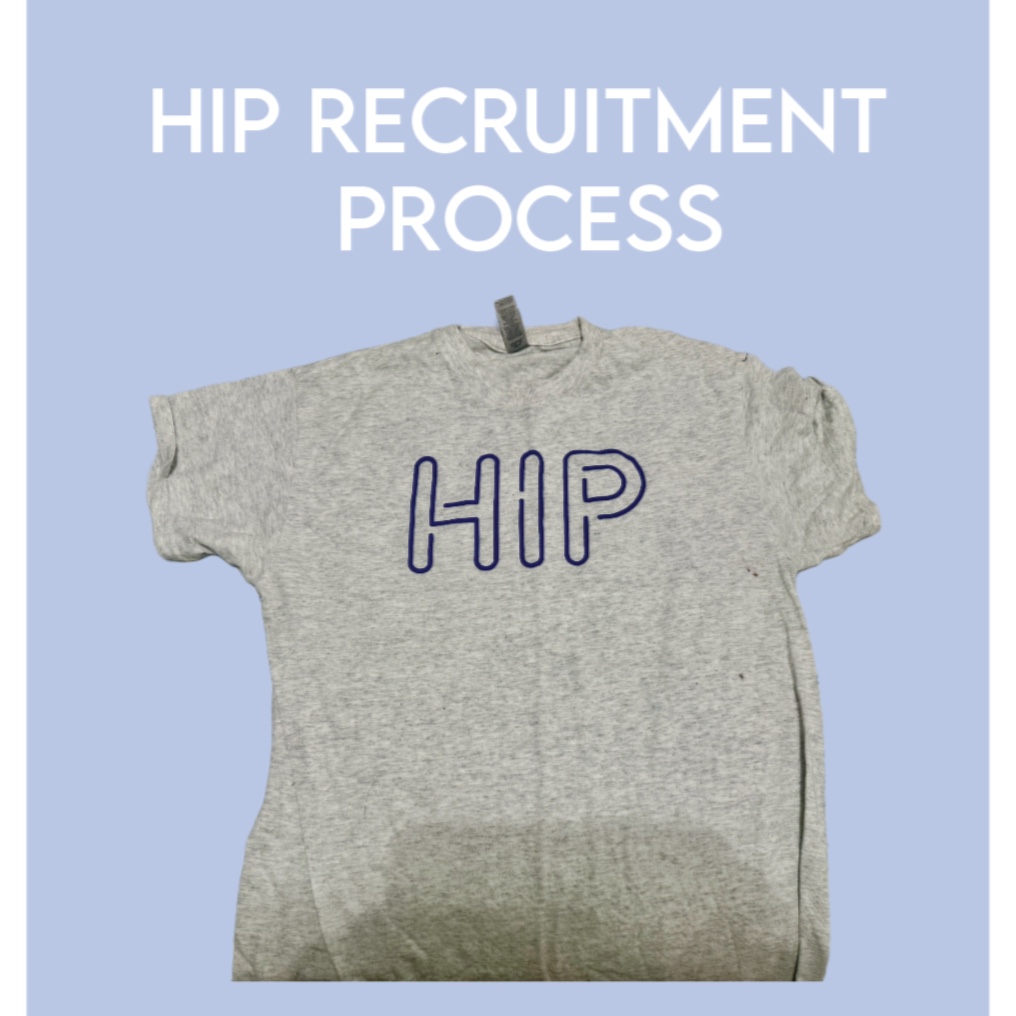College Corner: Which Type of Application is Right for You?
October 12, 2020
Seniors currently face the difficult decision of deciding which type of application to submit to different colleges. With deadlines quickly approaching, students need to learn the difference between these deadlines and which type of application works best for them. Colleges offer three different types of applications: early decision, early action and regular decision. Many factors influence which deadline a student strives to meet.
Early decision (ED) is the earliest deadline and the most permanent one. The binding nature of this application means that if a student applies to a college through ED, they legally have to attend that college if admitted. A student can only apply to one school through early decision because of the binding status. To ensure that students agree to the rules of the application, they have to sign a contract acknowledging the possibility of getting accepted. A parent and counselor have to sign the contract as well. The deadline to turn in ED applications for most colleges is usually in November. Colleges then release their acceptances in December. Students should make sure to apply to a school they genuinely feel happy going to because, if admitted, they are legally bound to go. Once a college accepts a student through the ED process, the student has to withdraw all other applications submitted to different colleges. Low-income families need to approach ED applications with caution, since students do not know their financial aid prior to acceptance. No matter the financial aid package, students must attend, even if they no longer can afford it. If one has uncertainties about the college they want to attend, they should not apply ED.
Early action (EA) applications share some similarities with ED applications, but the applications have a major difference. Unlike ED, EA applications are non-binding. This means that if the school accepts you, you do not have an obligation to attend. EA applications have early deadlines like ED applications, and students find out about their acceptance into a school earlier than if applying regular decision. If accepted, students do not have to withdraw their applications to other colleges and have until May 1 to decide whether to attend the school or not. Many colleges offer EA applications as a deadline for scholarship considerderations. EA applications benefit students that have an interest in earning scholarships from the school and/or have a strong interest in attending that school, but have not decided if they would prefer attending other schools.
The most common way for students to apply to colleges is through the regular decision process. The deadlines for regular decision applications are generally around January. Students find out about their acceptances around March and get the chance to decide what school to attend. Benefits of applying regular decision include the possibility of higher financial aid packages and the ability to compare the financial aid packages offered by different colleges. Students also can decide which of the colleges they most want to attend from those that admitted them. Though the ED and EA deadlines attract students because they can get their applications over with sooner and no longer have to stress about them, regular decision provides students with more options and gives them the opportunity to better decide where they would like to attend.
Major factors that affect what type of application to submit include financial aid and if one truly wants to attend a specific school without considering other options. Discussing your options with a parent or a counselor can help you figure out which application deadline best fits you. For more information about applying ED, EA or regular decision, visit the College Board’s website.










